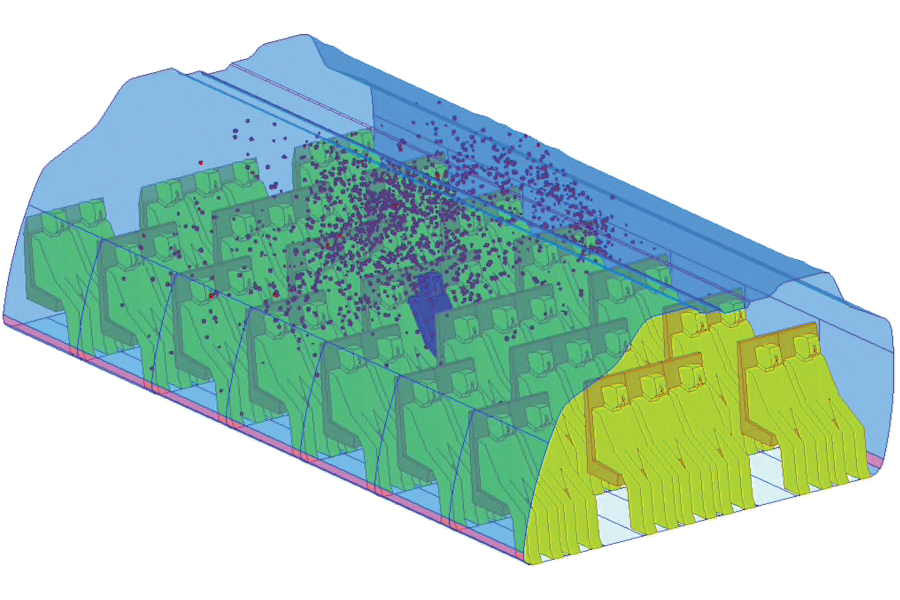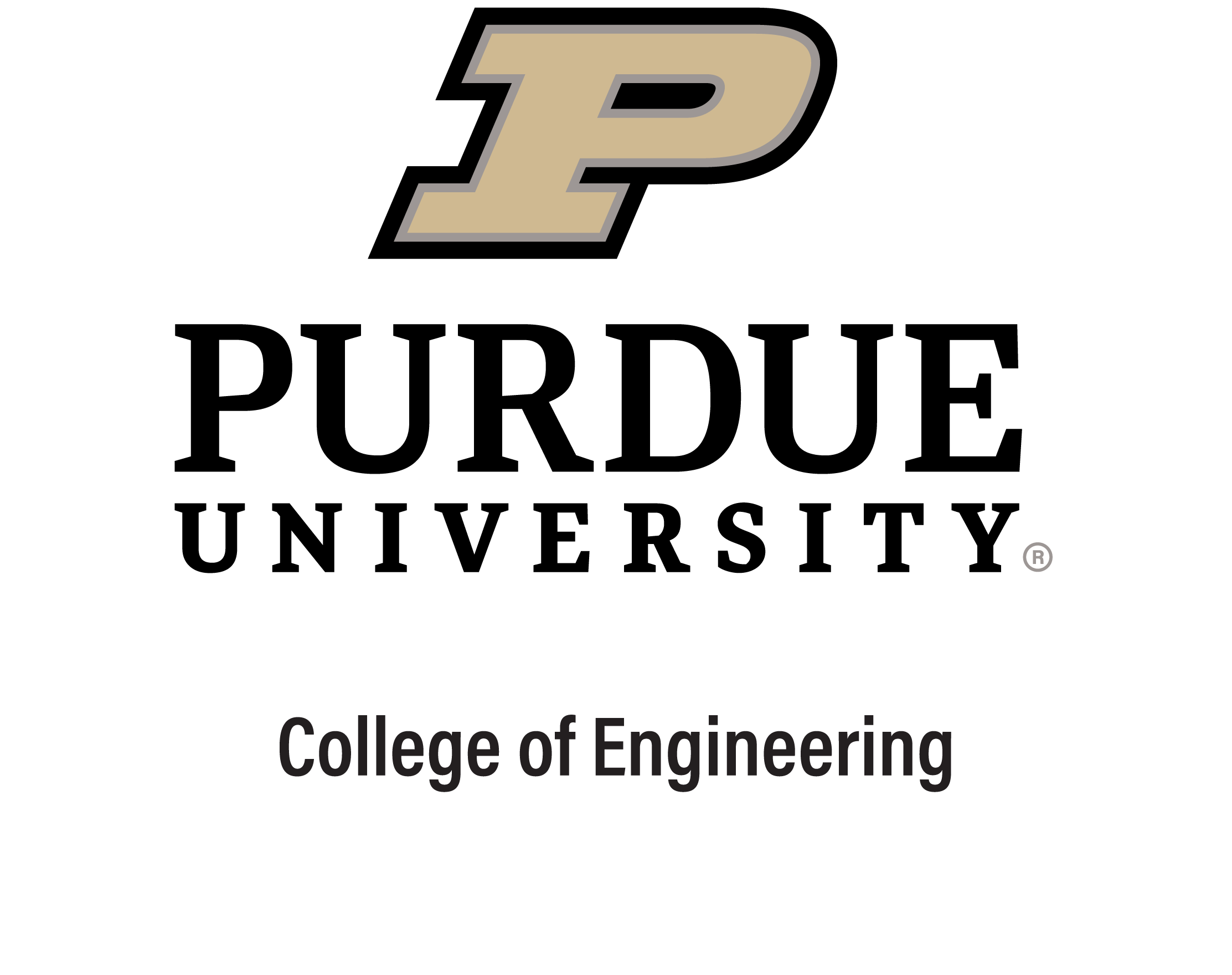Qingyan (Yan) Chen, the James G. Dwyer Professor of Mechanical Engineering, is an expert in infectious-disease transmission on aircraft. He uses sophisticated computational fluid dynamic (CFD) modeling in his research, which has focused on indoor environments, aircraft cabins and building design and analysis. He has published three books and over 470 journal and conference papers. He previously served as principal director of the Federal Aviation Administration’s Center of Excellence for Airliner Cabin Environment Research.
He has been studying the spread of infectious diseases in enclosed spaces for 16 years. Given his experience and expertise, Chen has become a go-to source for commentary and advice on how to curb the spread of the novel coronavirus, particularly on airplanes, on cruise ships and in other enclosed spaces.
Quoted by such top-tier media as Fast Company, Forbes, CNN, USA Today and The Washington Post, Chen shares his insights below. In addition to discussing virus transmission on planes and ships, he offers his thoughts on what all of us need to do to keep COVID-19 at bay.
From a July 12, 2020, Q&A on medium.com
Currently in the limelight as a COVID-19 authority, you have been researching the spread of diseases in enclosed environments for more than a decade. How did you develop your expertise?
I started to look at airborne infectious disease transmission through the FAA Center of Excellence for Airliner Cabin Environment Research, which the FAA sponsored under congressional mandate. I served as a co-principal director for the center from 2004 to 2010. My students and I worked with a group of professionals from other universities representing different disciplines, such as mechanical engineers,public health scientists, chemists, materials engineers, environmental engineers, and electrical engineers. Because I had used my knowledge on fluid mechanics to study airflow in enclosed spaces, I collaborated with those colleagues in the center to develop my expertise in infectious disease transmission.
What other research projects have you worked on that contribute to your knowledge of how to slow the spread of the novel Coronavirus?
My students and I looked into SARS transmission in airliner cabins, where there was clear evidence that a patient could spread the disease. We started the investigation in the FAA center, and then Boeing continued to support our research.
In addition, in the past few years, the American Society of Heating, Refrigerating, and Air-Conditioning Engineers (ASHRAE) has sponsored our research to improve indoor air quality in buildings, such as offices, workshops, classrooms and restaurants. Working with researchers from Boeing and other industry partners, my students and I have developed advanced ventilation systems, such as displacement ventilation and personalized ventilation systems, for both airplanes and buildings to slow the spread of airborne infectious disease viruses.
What misconception about the spread of the novel Coronavirus has surprised you most?
I am surprised by the skepticism about novel coronavirus transmission being airborne, via small droplets, although research has shown the risk. Early studies found that all the masks used by COVID-19 patients in hospitals in Wuhan, China, contained the coronavirus. This proved that droplets from coughing, speaking and even breathing contain the virus.
If large droplets contain the virus, the small ones should, too. The only difference is that large droplets may contain more virus than small ones. Small droplets, or aerosols, can be airborne and could make someone sick if the person is exposed in an indoor space for a long time. Now other studies have also shown that droplets can be transported to a distance beyond six feet and that small droplets can be airborne for a few seconds to a few hours, depending on the droplet size.
Is it safe for people to travel by place now? If so, under what circumstances? Also, what more do cruise ship operators need to do to protect passengers?

This visualization shows how tiny invisible droplets from a single cough can flow through the cabin of a Boeing 767 passenger jet. The model is based on the assumption that the 2003 SARS virus was airborne.
Qingyan Chen/Purdue University School of Mechanical Engineering
For commercial airplanes, it’s safe if you have sufficient PPE (personal protective equipment). For an airplane traveler, virus transmission occurs not only in an airplane cabin but also in the entire door-to-door process, including taking public transport from home to airport, checking in at an airport counter, being screened for safety, waiting in a lounge, boarding an airplane, deplaning, picking up checked luggage, and taking public transport to your destination. Social distancing is important, but it is impossible in some cases, such as in a bus or an airplane cabin. Thus, it is critical to wear a mask from door to door, to wash your hands thoroughly and frequently, to clean surfaces you touch with disinfectant wipes, and to close the toilet lid when you flush. I cannot emphasize enough the importance of wearing a mask.
Unlike airplanes, which use high-efficiency particulate air (HEPA) filters to clean supply air, cruise ships use conventional filters that cannot remove small droplets/particles. Because a passenger will stay on a cruise ship for days rather than hours, low-dose exposure to small droplets in the air that may contain the novel coronavirus is my major concern. The cruise ship industry should consider installing HEPA filters.
As we reopen businesses and ease social distancing guidelines, what changes and safeguards are needed, for example, in hotels, offices and retail stores?
Six-foot social distancing will help since research indicates large droplets will not travel farther than that. However, small droplets, although they may contain less of the novel coronavirus, could be airborne. Because we stay in hotels and offices for a long time, I doubt that it will be safe in those spaces without any protection. If everyone wears a mask, it will greatly reduce infection risk. Although a customer may spend only a few minutes in a retail store, it is very difficult to maintain social distancing. Thus, I recommend wearing a mask. For all the indoor spaces, air-conditioning systems should run with 100 percent outside air to prevent possible cross-contamination between spaces.

